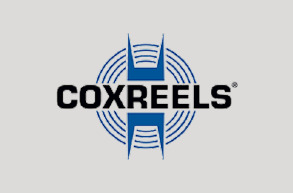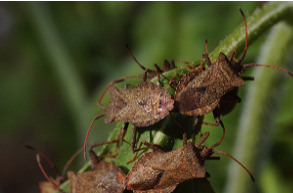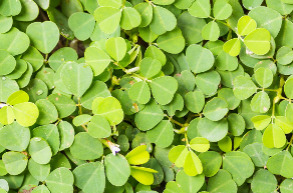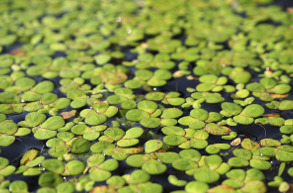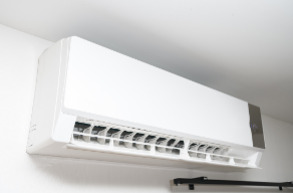Doveweed Control
Most Effective Products
Doveweed Control: How To Get Rid of Doveweed
Doveweed is a summer annual weed species and usually germinates later in the growing season than usual compared to other summer annual weeds, becoming a problem late in the summer. Doveweed is very common in both residential and commercial lawns.
Doveweed is believed to have originated in the Southeastern United States but has been rapidly expanding to other areas of the country. The light green color and texture of Doveweed has been a source of frustration for lawn owners due to how much it differs from the color and texture of desired turfgrasses.
Doveweed reproduces by seeds and stolons and grows at a fast rate under moist conditions. The plants form dense, pure stands that smother and outcompete other vegetation in the area. Doveweed also likes to reside in areas of moisture, so its presence in your yard is a dead giveaway that you have soil moisture problems.
Our DIY Doveweed treatment guide covers everything you need to know about this plant and what herbicides work best to get rid of it. Follow the step-by-step instructions below using the recommended herbicides to the right and you will be guaranteed a lawn free of Doveweed.
Identification

Before you can proceed with a treatment program, you need to be certain that the weed you are dealing with is Doveweed. Misidentification can lead to using the wrong treatment methods, costing you time and money. Here is a description of what Doveweed looks like so you can easily identify it:
- Doveweed plants can be confused with St. Augustinegrass and centipedegrass. To differentiate between them, Doveweed grass leaves are linear and can be up to 4 inches long with soft hairs on the sheaths and a rubbery texture.
- Doveweed forms dense mats or clumps where they have been established and while they appear to be velvety, they feel rough to the touch.
- Doveweed grows clusters of pale purple flowers that appear throughout the summer.
- Doveweed is known to give off a harsh unpleasant smell when they have been trampled or crushed.
Use the image and description above to help you in properly identifying Doveweed. If you are not entirely sure, contact us and we will assist you with correct identification.
Inspection

Once you have properly identified Doveweed on your property, you should then carry out an inspection. During this phase, you will locate the areas where Doveweed is concentrated and what conducive conditions are helping the weed to thrive.
Where to Inspect
Doveweed prefers areas where there is lots of dampness and moisture. So if you're overwatering or you have drainage issues, you may see Doveweed on your lawn really take hold. The Doveweed plant stems creep so when you mow over them, they break which enables them to spread to other areas of the turf.
What To Look For
Look for sideways growing grass in your yard and clusters of slender plants that are growing a small pale flower. You should also check and see if there are any drainage issues on your turf. Over-watering also creates a favorable establishment for Doveweed growth.
Doveweed tends to grow sideways when you mow your grass too short and too frequently to avoid being chopped down by mower blades. Modifying your mowing height and schedule can help to prevent Doveweed taking over your yard.
Treatment
Before you start with the treatment, protect your eyes, skin, mouth and nose by wearing protective equipment (gloves, protective eyewear, safety mask etc.) any time you use herbicide chemicals.
Blindside Herbicide is one of the most effective herbicides to control Doveweed. Mix this herbicide according to the rates indicated on the label and do a spot treatment application to achieve both adequate control and avoid turfgrass injury. Blindside should be applied right before or soon after doveweed emerges for the best results.
Step 1: Mix and Apply Blindside

Determine how much Blindside you will need by first measuring the square footage of your lawn. Blindside should be mixed at a rate of .075 - 0.15 per 1,000 sq. ft. on cool-season grasses and 0.15 - 0.23 per 1,000 sq. ft. for warm-season grasses. Once you get your lawn's square footage, mix the appropriate amount of Blindside in a pump sprayer with water and then shake the sprayer to mix the solution.
Once mixed, spot treat your lawn where the doveweed is concentrated. We suggest spraying on a fan spray nozzle setting to get a nice fine even coating on the doveweed.
We recommend repeated applications every 2 to 3 weeks to ensure that Doveweed is totally eradicated from your turf. Timing is also important as Doveweed is better controlled when the plants are young and actively growing. Doveweed seeds can live for several years in the soil, so it may take two to three years of continuous control to deplete Doveweed populations.
Prevention

After the doveweed has been successfully eliminated from your turf, you will have to make sure the conditions do not allow for doveweed to return. The best way to do this is by keeping your turf healthy, well-maintained and nutrient-rich.
Mowing infrequently, allowing more shade and not over-watering are good cultural practices for your lawn that will make it hard for Doveweed to return, grow and establish new seeds.
Key Takeaways
What is Doveweed?
- Doveweed is a frustrating lawn weed that thrives in moist conditions and can be tough to control without the help of chemical herbicides.
How to Get rid of Doveweed
- We recommend using Blindside to kill doveweed. It will likely take numerous applications to get complete control over this stubborn weed.
Preventing Doveweed Reemergence
- Preventative measures for Doveweed maintenance practices that ensure your yard has a strong, nutrient-rich stand of grass and addressing any drainage issues to clear out excess moisture.



















































